Buy the photo Magic Aloe Vera Blossoms by Silva Wischeropp on canvas, ArtFrame, poster and wallpaper, printed on demand in high quality.
About "Magic Aloe Vera Blossoms"
by Silva Wischeropp
About the artwork
The Palermo Botanical Garden (Italian: Orto Botanico di Palermo) is a garden complex used both by the University of Palermo as a teaching and research facility and by interested visitors. The gardens currently house around 12,000 different species.Created in the second half of the 19th century, the gardens were the model for a whole series of large botanical gardens in northern Europe. Because of Palermo's mild climate, it was possible to cultivate a large number of plants from all over the world that had previously been rare or unknown in Europe. Through the mediation of Adolf Engler, there was also a lively exchange with the Botanical Garden in Berlin.
In the garden of succulents one can find some aloes and various other plants of dry regions, including Cereus, Crassula, Spurge and Opuntia.
The Aloe species are perennial, leafy succulent plants. They grow stemless, shrubby or tree-like. The stem can be simple or branched. Their stem-embracing stem leaves are rosette-like, bipinnate or scattered around the shoot axis.
The inflorescence, usually more or less erect, appears laterally, is simple or branched and consists of cylindrical or headed, racemose inflorescences, with sometimes unifoliolate flowers. The zygomorphic flowers are stalked and have bracts. They are only rarely stalkless.
The flower stalk is often elongated when the fruit ripens. The flower base is rounded, truncated or narrowed.
The usually red or yellow, rarely white, glabrous, rarely downy flowers are cylindrical at the base, then usually triangular. They are slightly compressed at the sides and usually curved.

About Silva Wischeropp
"For me, photography feels like really capturing the moment - like a kind of alchemy where time is physically captured."
Silva Wischeropp was born in the Hanseatic city of Wismar in the former GDR. Today she lives and works in Berlin. As a passionate travel..
Read more…
 Germany
Germany Ordered in March 2020
Ordered in March 2020
 Netherlands
Netherlands Ordered in February 2017
Ordered in February 2017
 Netherlands
Netherlands Ordered in January 2023
Ordered in January 2023
 Germany
Germany Ordered in April 2020
Ordered in April 2020
 Germany
Germany Ordered in April 2022
Ordered in April 2022
 Germany
Germany Ordered in April 2024
Ordered in April 2024
 Germany
Germany Ordered in March 2023
Ordered in March 2023
 Netherlands
Netherlands Ordered in January 2024
Ordered in January 2024
 Netherlands
Netherlands Ordered in August 2021
Ordered in August 2021
 Germany
Germany Ordered in September 2019
Ordered in September 2019
 Germany
Germany Ordered in July 2019
Ordered in July 2019
 Germany
Germany Ordered in November 2022
Ordered in November 2022
About the material
ArtFrame™
Interchangeable Art Prints
- High-quality print
- Easily interchangeable
- Acoustic function
- Large sizes available
Discover the artworks of Silva Wischeropp
 Underground station of the U2 line - special train to PankowSilva Wischeropp
Underground station of the U2 line - special train to PankowSilva Wischeropp Berlin underground station Eberswalder Strasse of line U2Silva Wischeropp
Berlin underground station Eberswalder Strasse of line U2Silva Wischeropp Old, squatted house in the Scheunenviertel district of Berlin-MitteSilva Wischeropp
Old, squatted house in the Scheunenviertel district of Berlin-MitteSilva Wischeropp The Trevi Fountain - Fontana di TREVI in RomeSilva Wischeropp
The Trevi Fountain - Fontana di TREVI in RomeSilva Wischeropp Mysterious, Sicilian facadeSilva Wischeropp
Mysterious, Sicilian facadeSilva Wischeropp Banana leaves in the warm autumn lightSilva Wischeropp
Banana leaves in the warm autumn lightSilva Wischeropp Magical rainbow at the OderbruchSilva Wischeropp
Magical rainbow at the OderbruchSilva Wischeropp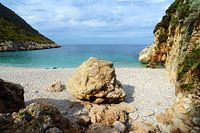 Magic Sicilian Sea SoundSilva Wischeropp
Magic Sicilian Sea SoundSilva Wischeropp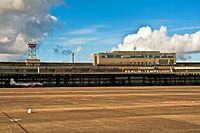 Former Berlin-Tempelhof AirportSilva Wischeropp
Former Berlin-Tempelhof AirportSilva Wischeropp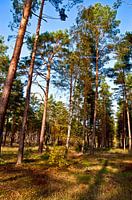 Pines in the autumnal October lightSilva Wischeropp
Pines in the autumnal October lightSilva Wischeropp Popular underground station on the U2 line on Eberswalde StrasseSilva Wischeropp
Popular underground station on the U2 line on Eberswalde StrasseSilva Wischeropp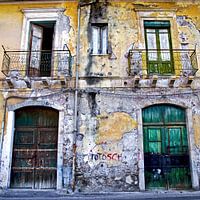 Once upon a time in Taormina on the island of SicilySilva Wischeropp
Once upon a time in Taormina on the island of SicilySilva Wischeropp Imaginative sand dunes at Henne Strand in JutlandSilva Wischeropp
Imaginative sand dunes at Henne Strand in JutlandSilva Wischeropp Wonderful sand dune at Henne Strand in JutlandSilva Wischeropp
Wonderful sand dune at Henne Strand in JutlandSilva Wischeropp Women bathing on the beach at Nha Trang in VietnamSilva Wischeropp
Women bathing on the beach at Nha Trang in VietnamSilva Wischeropp Summer morning walk through the pine forestSilva Wischeropp
Summer morning walk through the pine forestSilva Wischeropp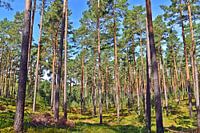 The proud elegance of the pines in the sunlightSilva Wischeropp
The proud elegance of the pines in the sunlightSilva Wischeropp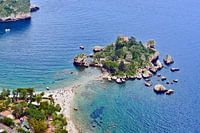 Paradise Isola Bella on the east coast of SicilySilva Wischeropp
Paradise Isola Bella on the east coast of SicilySilva Wischeropp Abandoned former Berlin-Tempelhof AirportSilva Wischeropp
Abandoned former Berlin-Tempelhof AirportSilva Wischeropp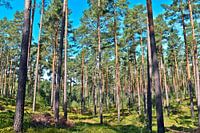 Summer morning in the magical pine forestSilva Wischeropp
Summer morning in the magical pine forestSilva Wischeropp
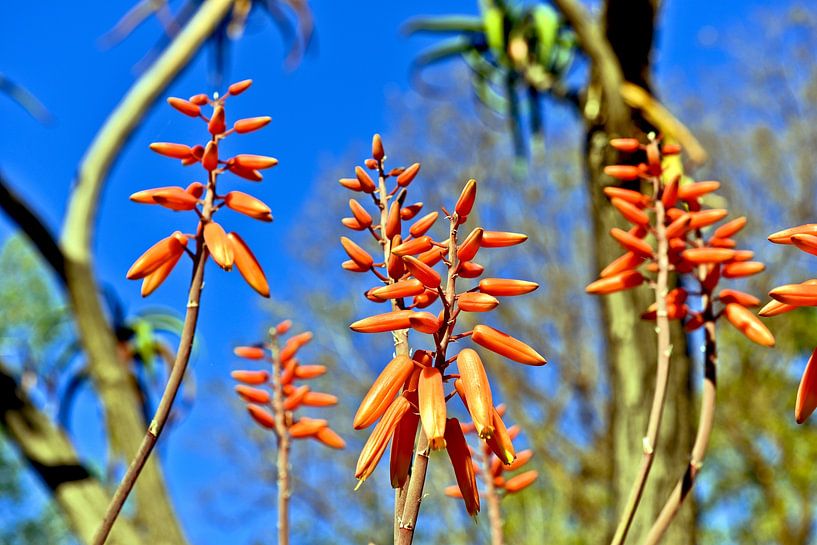
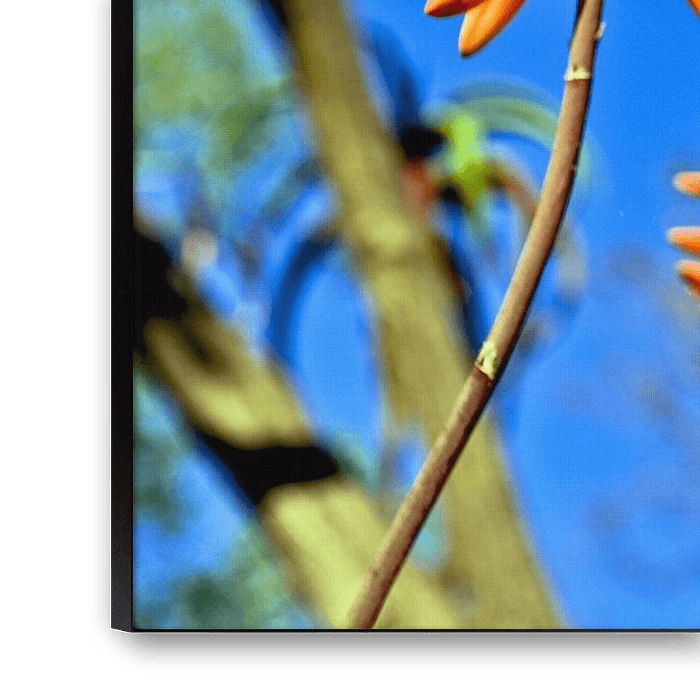



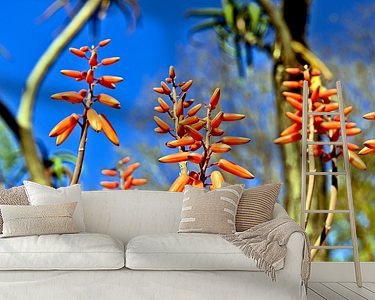



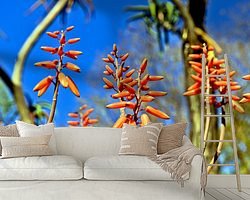


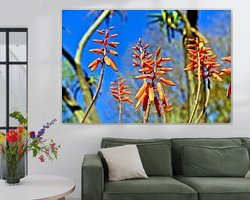
 Cactus
Cactus Italy
Italy Joyful Moments
Joyful Moments Nature and weather
Nature and weather Photo wallpaper
Photo wallpaper Photography
Photography Spring
Spring Vibrant Colors
Vibrant Colors









